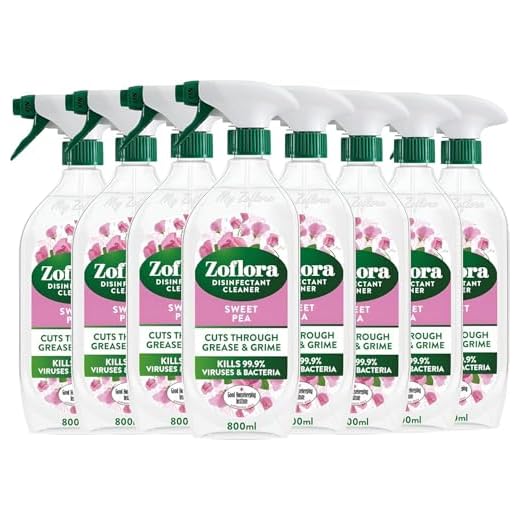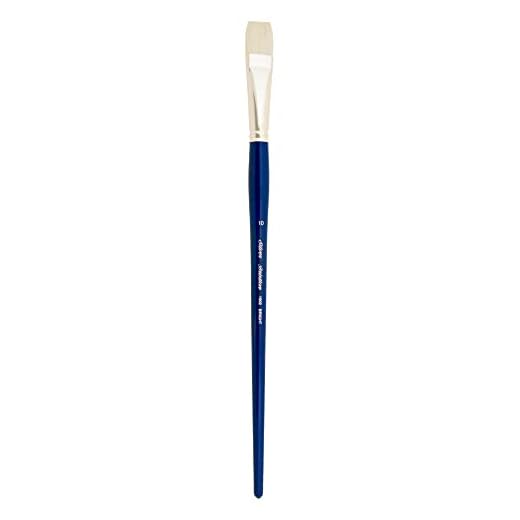



Mixing warm water with a suitable detergent is often the first step that yields impressive results. This combination works wonders on grime, dirt, and various stains. Apply the solution generously and allow it to sit for a few minutes to break down the buildup. A stiff broom or brush can further assist in lifting stubborn residues without causing damage.
Employing a diluted vinegar solution provides a natural approach that effectively combats moss and algae. This method is particularly beneficial for stubborn patches and can be made easily at home. Combine equal parts of vinegar and water, then spray the area, letting it sit before scrubbing with a brush.
For tougher scenarios, consider utilising a homemade baking soda paste. Mix baking soda with water to create a thick paste that can tackle oil stains effectively. Apply the paste directly to the affected area, let it sit, and scrub thoroughly with a brush. This technique not only helps in removal but also acts as a deodoriser.
Utilising a garden hose or a bucket of soapy water for rinsing can complete the process. Make sure to remove all residues of cleaning solutions to prevent any damage to the surface. Following these methods will leave your outdoor surfaces refreshed and free from unwanted grime.
Alternative Methods for Surface Restoration
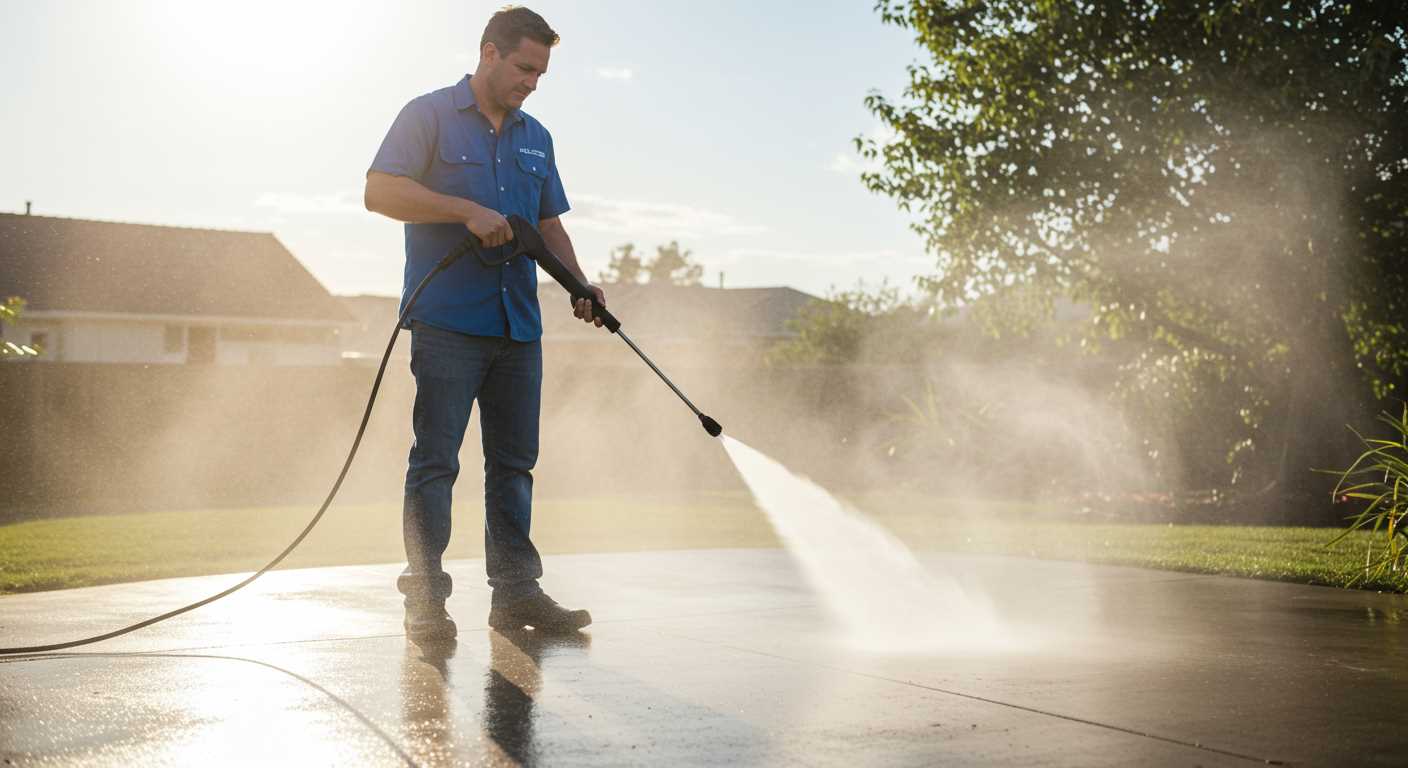
It is indeed possible to revitalize those exterior surfaces using basic hand tools and household materials. Start with a sturdy broom or a stiff-bristled brush to remove loose debris and dirt. This fundamental step lays the groundwork for any further treatment.
Utilising Soapy Water
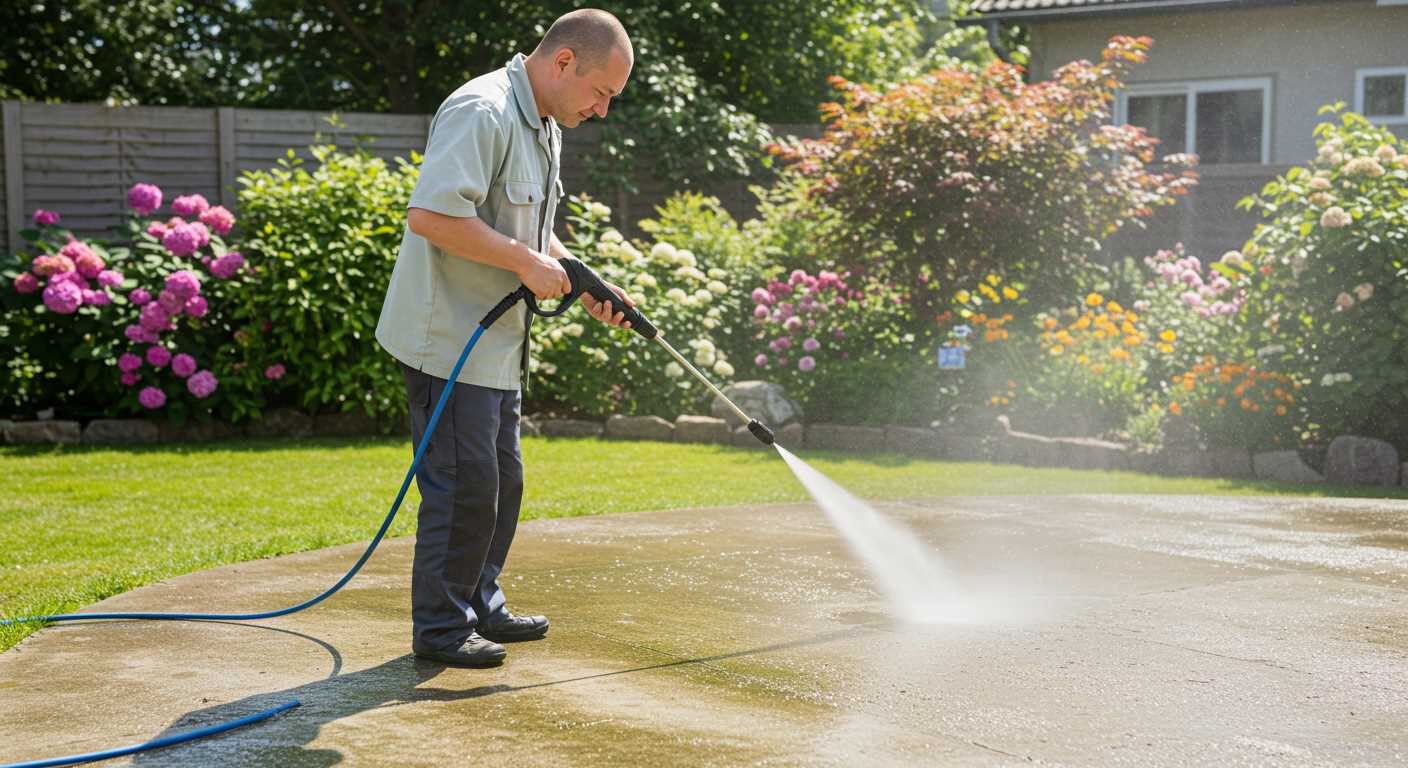
Mix warm water with a few drops of dish soap in a bucket. Use a mop or brush to apply the soapy solution generously. Allow it to sit for about 10 to 15 minutes. Then, scrub the area with the brush, applying extra pressure to stubborn stains. Rinse thoroughly with a hose to wash away residue and dirt.
Natural Solutions
Vinegar serves as an excellent natural agent due to its acidity. Combine equal parts of vinegar and water in a spray bottle and treat the affected areas. For mildew or moss, this mix can effectively break down these nuisances. After application, scrub with a brush and rinse well.
For stubborn grime or oil stains, sprinkle baking soda directly onto the stain before spraying with the vinegar solution. This creates a fizzing reaction that aids in lifting tough spots. Keep in mind that patience and persistence are key to achieving optimal results with these methods.
Understanding the Need for Cleaning Paving
Regular maintenance of exterior surfaces is crucial to prolonging their lifespan. Over time, dirt, moss, and other organic materials accumulate, leading to potential damage and unsightly appearances. I’ve observed that neglecting these areas can result in increased wear and tear, requiring more intensive restoration efforts later.
Using tools and materials designed for gentle scrubbing can effectively remove surface grime. For stubborn stains, a mixture of vinegar and water offers a natural alternative. Apply it with a stiff brush to penetrate crevices and lift away residues. Remember, persistence is key; multiple applications may be necessary for tough marks.
In addition, considering seasonal shifts helps in planning maintenance. For instance, addressing issues in spring can prepare surfaces for summer usage, reducing risks associated with slip hazards. A proactive approach not only enhances aesthetics but also significantly increases safety.
Lastly, regular assessments of the material condition are beneficial. Look for any cracks or loose elements that might need attention. Keeping these surfaces in good shape prevents more extensive repairs down the line, allowing for a healthier environment around your property.
Common Stains and Debris on Paving Surfaces
Oil spills are common, particularly in driveways. To tackle this, I recommend using clay-based cat litter to absorb the excess and then scrub the area with warm soapy water.
Rust stains often appear from metal objects like furniture or tools left on the surface. A mixture of lemon juice and baking soda can effectively neutralise these stains, allowing the natural acidity to lift the rust.
Types of Debris
Grime accumulates over time, making any surface look dull. Combine vinegar and water in a spray bottle, apply generously, and scrub with a stiff-bristle brush.
Moss and algae can develop in damp areas. For removal, mix water and a small amount of bleach. Always test the solution in a hidden area first to ensure it won’t damage the surface.
Stain Removal Table

| Type of Stain | Recommended Solution | Method |
|---|---|---|
| Oil | Clay-based cat litter | Absorb excess, scrub with soapy water |
| Rust | Lemon juice & baking soda | Apply paste, scrub after 30 minutes |
| Grime | Vinegar & water | Spray, let sit, scrub with stiff brush |
| Moss/Algae | Water & bleach | Prepare solution, apply carefully, scrub |
By addressing these common issues promptly, the appearance and longevity of your surfaces will significantly improve. Regular maintenance is key to avoiding stubborn stains.
Tools and Equipment for Manual Paving Cleaning
For effective surface maintenance, several handy tools can significantly ease the task. Relying on manual techniques alongside a few well-chosen instruments can yield impressive results.
Bristle Brushes
- A stiff-bristled brush is perfect for scrubbing away dirt and grime lodged in crevices. Opt for one with a long handle to reduce strain.
- Consider a dedicated brush for different materials, such as a softer variant for delicate surfaces.
Buckets and Water
- Always keep a bucket of warm, soapy water nearby to dip brushes into, enhancing their effectiveness.
- Using hose attachments or watering cans ensures appropriate moisture levels while scrubbing.
Specialty Cleaners
- Utilise appropriate cleaning solutions recommended for specific materials. These can break down stains more efficiently than water alone.
- Read labels carefully for any necessary dilution requirements before application.
Squeegees and Mops
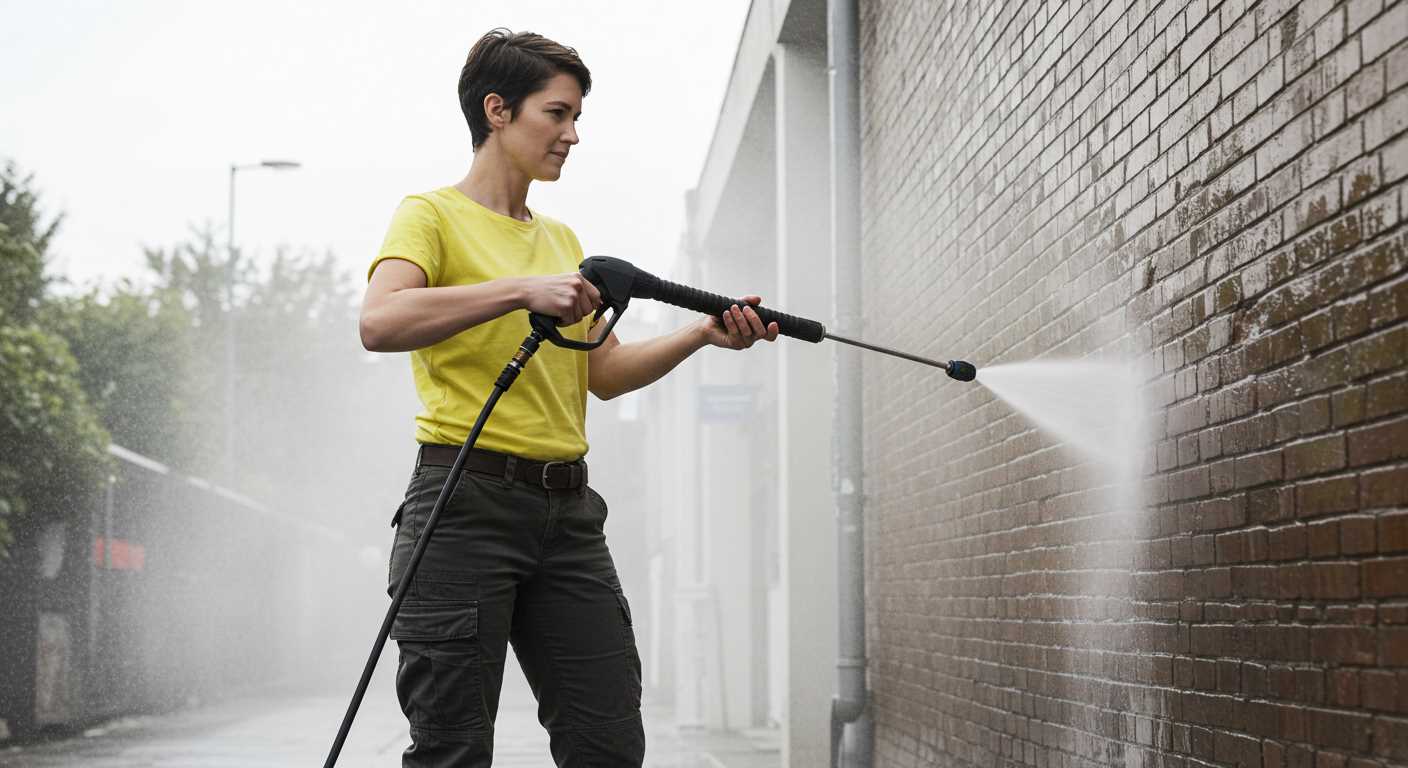
- A high-quality squeegee is invaluable for removing excess moisture and achieving a streak-free finish post-scrubbing.
- Microfiber mops help absorb remaining liquid and provide a polished look.
Protective Gear
- Wear gloves to shield your hands from harsh chemicals and to maintain grip during work.
- Consider safety goggles to protect your eyes from splashes, especially when using strong commercial-grade cleaners.
With the correct assortment of tools, the process becomes methodical and manageable, leading to a significantly improved appearance of the surfaces. Regular upkeep is attainable with consistent effort and the right equipment.
Choosing the Right Cleaning Solutions for Paving
Begin with mild detergents that can effectively tackle dirt and grime. A solution of water and dish soap is one of the simplest options, as it breaks down organic stains. A 1:10 ratio of soap to water usually suffices. For stronger stains, consider vinegar or baking soda mixed with water, providing natural and safe alternatives.
Specific Solutions for Different Stains
Certain substances require targeted approaches. For oil-based marks, a degreaser will do the trick; apply it directly on the stained area and let it sit for a few minutes before scrubbing. For moss or mildew, a mixture of bleach and water, at a ratio of 1:10, works well. Ensure to rinse thoroughly after application to prevent any residue damage.
| Type of Stain | Recommended Solution | Application Method |
|---|---|---|
| General Dirt | Dish Soap & Water | Spray, scrub, rinse |
| Oil Stains | Degreaser | Apply, wait, scrub |
| Moss/Mildew | Bleach & Water | Apply, wait, rinse |
| Leaf Residue | Vinegar & Water | Spray, scrub, rinse |
Additional Tips for Optimal Results
.jpg)
Always test solutions in a small, inconspicuous area to ensure compatibility. Rinse the surface thoroughly to prevent the build-up of cleaning agents that might damage the material over time. Using scrub brushes with stiff bristles can enhance scrubbing effectiveness, especially for textured surfaces. Lastly, consider regular maintenance to prolong the aesthetic appeal and durability of your outdoor areas.
Step-by-Step Guide to Manual Paving Cleaning
Begin with sweeping the surface to remove loose dirt, leaves, and debris. Use a stiff broom to reach into crevices and corners where dirt tends to accumulate.
Stain Treatment
For stubborn stains, create a paste using baking soda and water. Apply the paste directly to the affected area and let it sit for about 15 minutes. Scrub with a stiff brush, focusing on areas with grease or oil. Rinse thoroughly with clean water.
Disinfecting
Mix a solution of vinegar and water in equal parts for a natural disinfectant. Spray or pour this mixture onto the surface, especially over spots with moss or mould. Allow it to sit for 30 minutes before scrubbing again, then rinse off.
For those persistent algae patches, consider using a solution of hydrogen peroxide. Spritz the affected area and wait for about 20 minutes before scrubbing it clean.
After treatment, ensure that no cleaning agents are left on the surface by rinsing well. This will prevent any residue from becoming slippery or sticky.
Once complete, allow the area to dry completely. Maintenance is key; regularly check for new stains and address them promptly to keep the surface in top condition.
Using a Brush vs. Scrubbing Pad for Surface Restoration
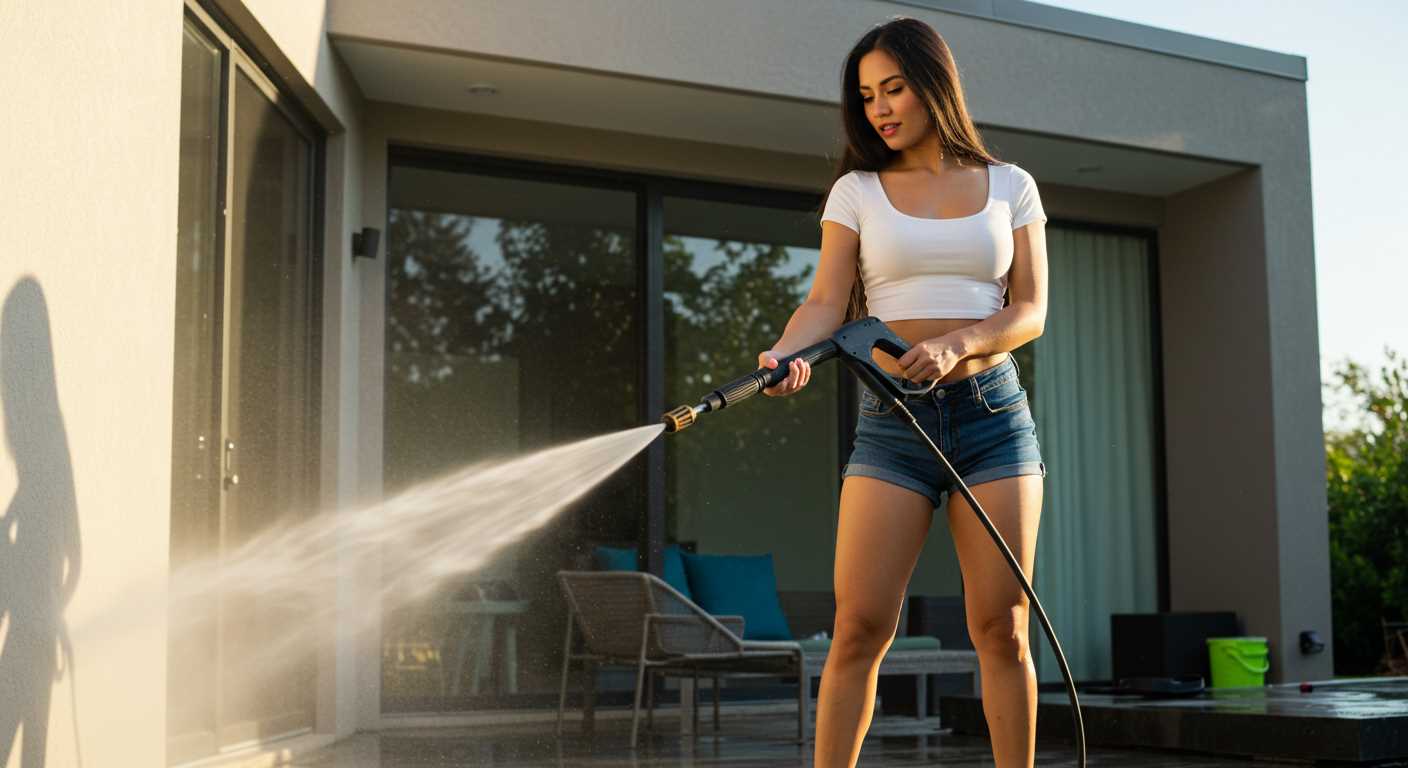
For effective surface restoration, using the right tool is critical. I recommend selecting a stiff-bristled brush for significant debris and tougher stains, while a scrubbing pad works well for lighter residues.
- Stiff-Bristled Brush:
- Ideal for removing dirt, moss, and algae.
- Durable and can handle vigorous scrubbing.
- Allows for better penetration into textured surfaces.
- Scrubbing Pad:
- Better for routine maintenance and light stains.
- Gentler on delicate surfaces.
- Easy to use and usually requires less effort.
When tackling particularly stubborn areas, a stiff-bristled brush may provide the necessary force to dislodge embedded grime. For regular upkeep, I find that a scrubbing pad can suffice and significantly reduce the time and energy spent during routine maintenance.
In certain situations, especially on delicate finishes, employing a combination of both tools may yield the best results. Start with the brush to handle any significant build-up and finish with a pad for a refined touch.
Always ensure to follow up the scrubbing process with a thorough rinse to remove any loosened particles. Testing both tools on an inconspicuous section can help determine which option yields the best outcome for your specific surface type.
Tips for Maintaining Clean Paving Over Time
Regular upkeep is key to ensuring your surfaces remain visually appealing and functional. Here are targeted steps to consider:
- Routine Sweeping: Frequent removal of leaves, dirt, and debris prevents staining. Aim to sweep at least once a week.
- Immediate Stain Treatment: Address spills and stains as soon as possible. Using a cloth or sponge, blot rather than rub to avoid spreading.
- Periodic Rinsing: Use a bucket and hose to rinse the area bi-weekly. This helps to remove embedded dirt.
- Sealing Surfaces: Apply a sealant every couple of years. This protects against moisture and stains while enhancing durability.
Seasonal tasks can significantly improve longevity:
- Autumn Care: Remove fallen leaves frequently to prevent them from breaking down and causing stains.
- Winter Preparation: Use a snow shovel carefully to avoid scratching the surface, and apply de-icers that are safe for such materials.
- Spring Inspection: Check for any cracks or damage after winter. Prompt repairs can prevent further deterioration.
Maintain edges and joints:
- Keep grass and weeds trimmed back to stop overgrowth that can lift or damage the surface.
- Consider using sand between paver joints to prevent weeds from taking root.
By consistently following these strategies, it becomes easier to enjoy well-maintained areas that enhance your outdoor spaces.
Environmental Considerations When Tidying Up Hard Surfaces
Prioritising eco-friendly techniques is paramount in the process of refreshing outdoor surfaces. Start by selecting biodegradable cleaning agents that break down naturally, minimising harm to the surrounding flora and fauna. Avoid harsh chemicals that could contaminate local waterways or damage nearby plants.
Using a broom or a scrub brush helps reduce water consumption, as it eliminates the need for high-pressure methods which often require excessive amounts of liquid. Employing simple tools not only conserves resources but also promotes a healthier environment by decreasing chemical runoff.
During the task, I keep a close watch on the weather. Cleaning during dry conditions prevents the washing away of materials into drains, reducing potential pollution. If rain is expected, it’s best to postpone the activity until conditions are more favourable.
Consider the impact of surface materials as well. Some porous stones may absorb harmful substances, necessitating a cautious approach to product selection. Opt for solutions tailored to the specific material type to prevent degradation over time.
Waste Management and Disposal
Be mindful of the debris collected during the process–grass clippings, dirt, and remnants from cleaning solutions should be disposed of responsibly. Composting organic waste contributes to sustainability while preventing landfill overflow.
For any disposable items, like rags or worn-out brushes, check local guidelines on recycling or safe disposal to reduce environmental impact. Employing these simple principles ensures that the surfaces can be revitalised while protecting the planet.


